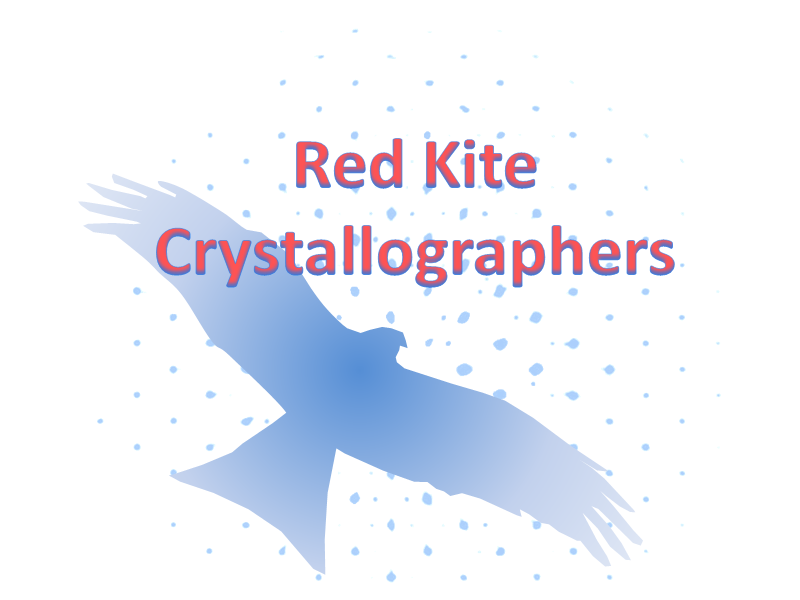 [Update: Thank-you to all the speakers and attendees who made this a great event; details are available on the main Red Kite web page. See you all again next year!]
[Update: Thank-you to all the speakers and attendees who made this a great event; details are available on the main Red Kite web page. See you all again next year!]
The inaugural meeting of the Red Kite Crystallographers will be held on Thursday 12th January, 2012 in the Inorganic Chemistry Laboratory, Oxford.
Attendance will be free of charge. The meeting will consist of three sessions, each commencing with a half hour Plenary delivered by a leading academic, followed by a three shorter talks by younger researchers.
Programme
| 9:00 |
Set up Posters etc. |
|
| 9:50 |
Introduction |
|
| 10:00 |
Prof. Harry L. Anderson (Oxford) |
“Porphyrin Nanorings” |
| 10:30 |
Claire Murray (Reading/Diamond) |
“Pairwise Assembly of Organopalladium(II) Centres with the Cyanurato(3-) Ligand”
|
| 10:45 |
Nick White (Oxford) |
“Towards Selective Anion Binding inside Interlocked Molecules” |
| 11:00 |
Dr. Fraser White (Oxford Diffraction/Agilent) |
“Copper or Molybdenum? A Comparative Study” |
| 11:15 |
Tea Break |
|
| 11:45 |
Prof. Bill I. F. David (ISIS) |
“Structure-property Relationships in Lightweight Hydrides – Playing the Odds” |
| 12:15 |
Stefan Sedlmaier (Oxford) |
“Synthesis, Identification and Characterisation of novel, condensed Oxonitridophosphates and Phosphorus Oxonitrides” |
| 12:30 |
Karim Sutton (Oxford/Diamond) |
“Exploiting the Tunable Wavelength Capabilities of Beamline I19” |
| 12:45 |
Michael Kelly (Oxford) |
“Exploring Catalysts for Novel Hydrogen Storage Materials” |
| 1:00 |
Lunch (Not included) |
|
| 2:00 |
Posters |
|
| 2:30 |
Dr. Andrew L. Goodwin (Oxford) |
“Size Matters: The Anomalous Mechanics of Frameworks” |
| 3:00 |
Dr. Jeppe Christensen (RCaH) |
“Dynamical Structural Science at RCaH” |
| 3:20 |
Dr. Matthias Gutmann (ISIS) |
“A combined neutron, X-ray and Computational Study of Croconic Acid” |
| 3:40 |
Dr. Robin Owen (Diamond) |
“Exploiting Fast Detectors and Bright Beamlines for Room Temperature MX at the Synchrotron” |
| 4:00 |
Close |
|
Those not speaking are encouraged to bring posters and the best will be rewarded.
Lunch is not included, but will be available from either the Chemistry Canteen, the Biochemistry Café or the University Staff Club on the day. Alternatively you can bring a packed lunch. Parking is notoriously difficult in Oxford, so please keep that in mind if travelling and we would recommend the train or Park & Ride.
In order to ensure there is enough tea/coffee/cake/poster boards, please let Amber L. Thompson (amber.thompson @ chem.ox.ac.uk) or Richard I. Cooper (richard.cooper @ chem.ox.ac.uk) know BY MONDAY if you are coming and whether you are going to bring a poster.
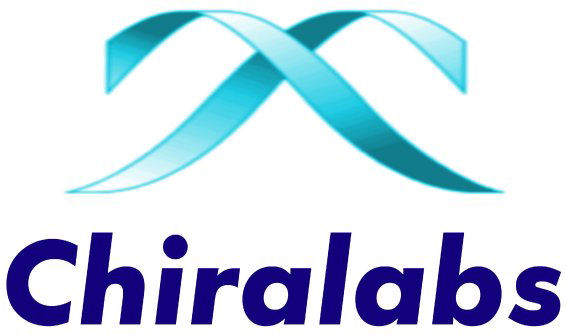 Chiralabs are long-term collaborators and world-leading experts in a wide range of spectroscopic, physicochemical and theoretical approaches including in chirality, circular dichroism, optical spectroscopies, crystallization and biopharmaceutical analysis. Specialist areas of investigation include:
Chiralabs are long-term collaborators and world-leading experts in a wide range of spectroscopic, physicochemical and theoretical approaches including in chirality, circular dichroism, optical spectroscopies, crystallization and biopharmaceutical analysis. Specialist areas of investigation include: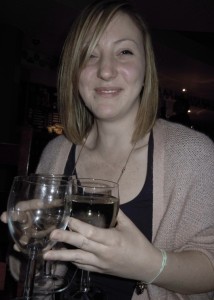
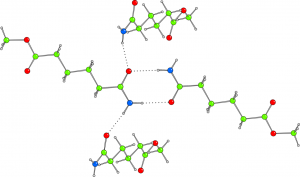
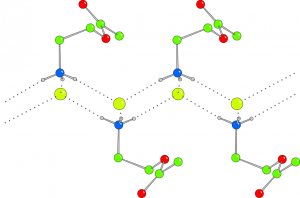
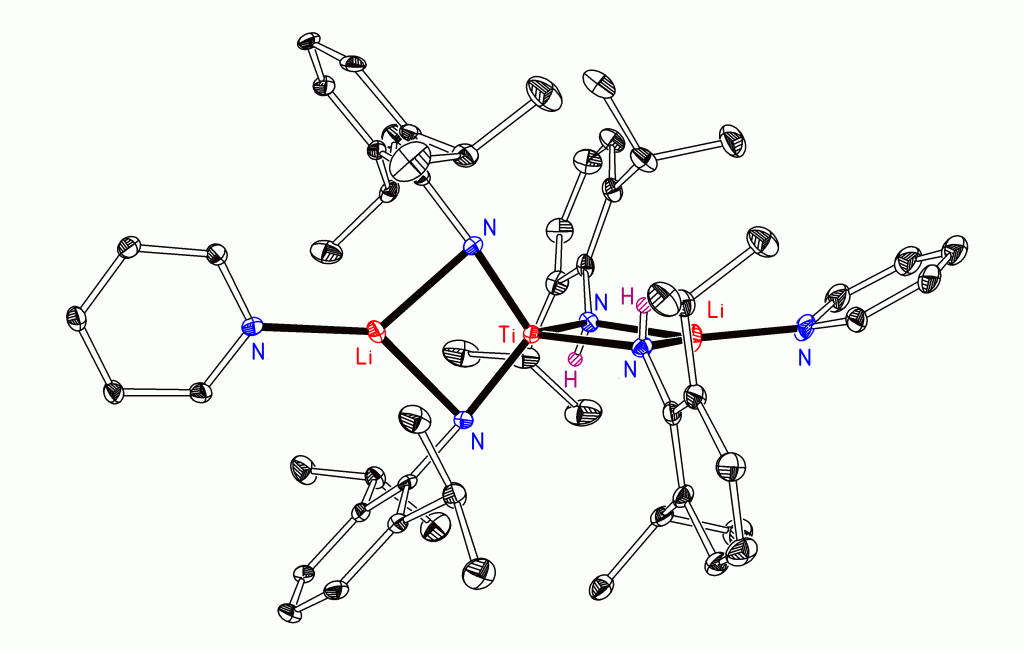

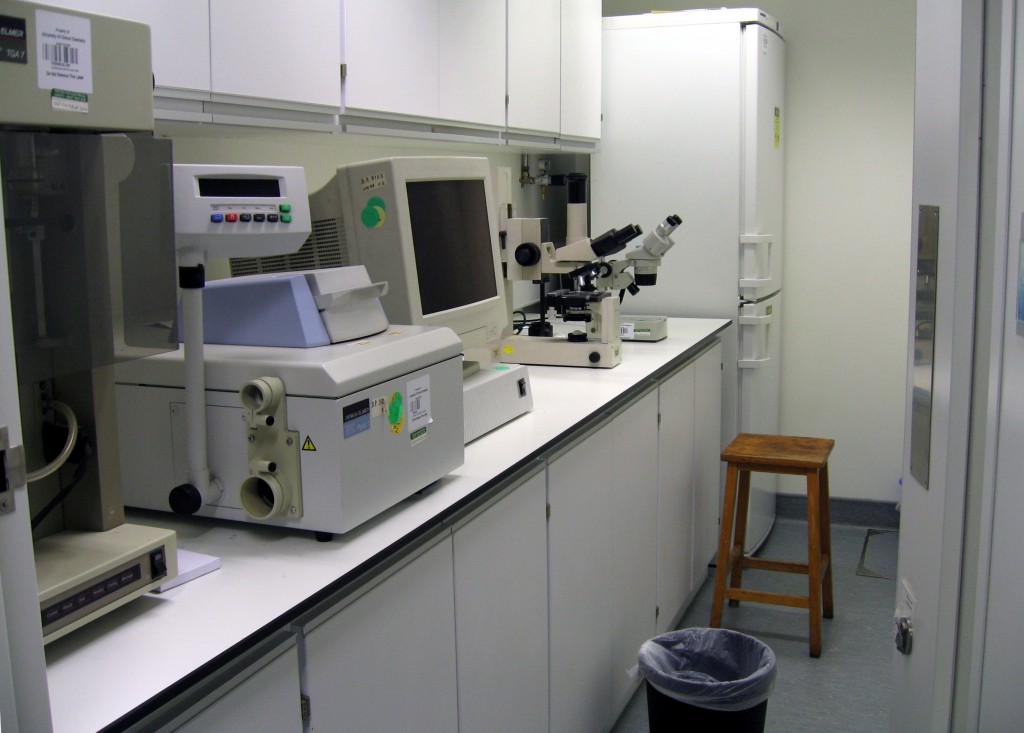
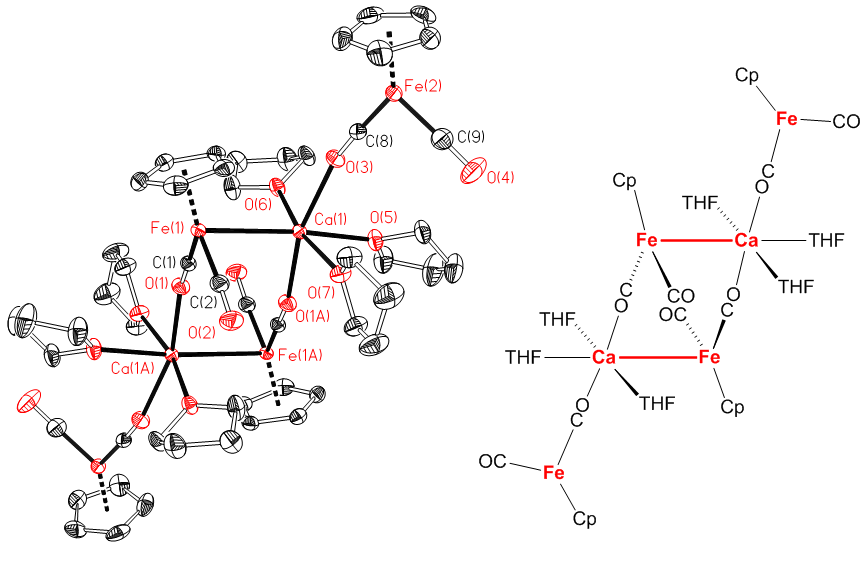
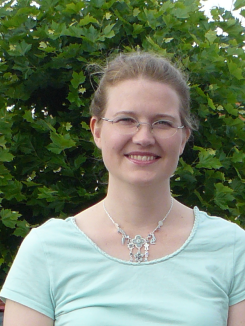 Kirsten’s research is focused on several areas that will establish a fundamental understanding of modulation in molecular materials e.g. their formation and properties. This knowledge can be put to immediate use in Crystal Engineering, and will also affect research in pharmaceuticals, developments in molecular modelling and crystal packing predictions.
Kirsten’s research is focused on several areas that will establish a fundamental understanding of modulation in molecular materials e.g. their formation and properties. This knowledge can be put to immediate use in Crystal Engineering, and will also affect research in pharmaceuticals, developments in molecular modelling and crystal packing predictions.